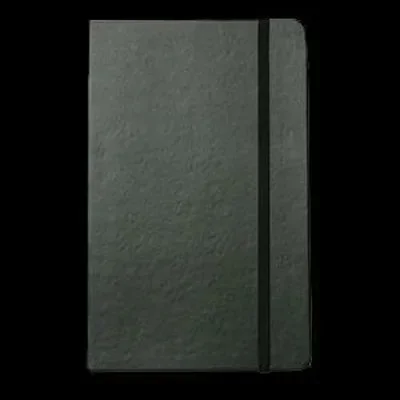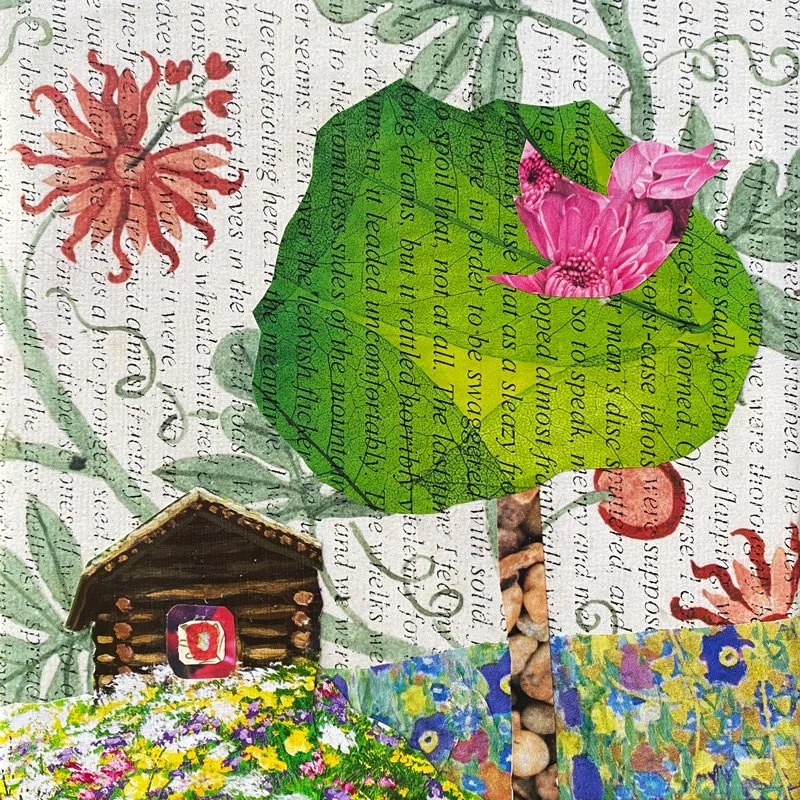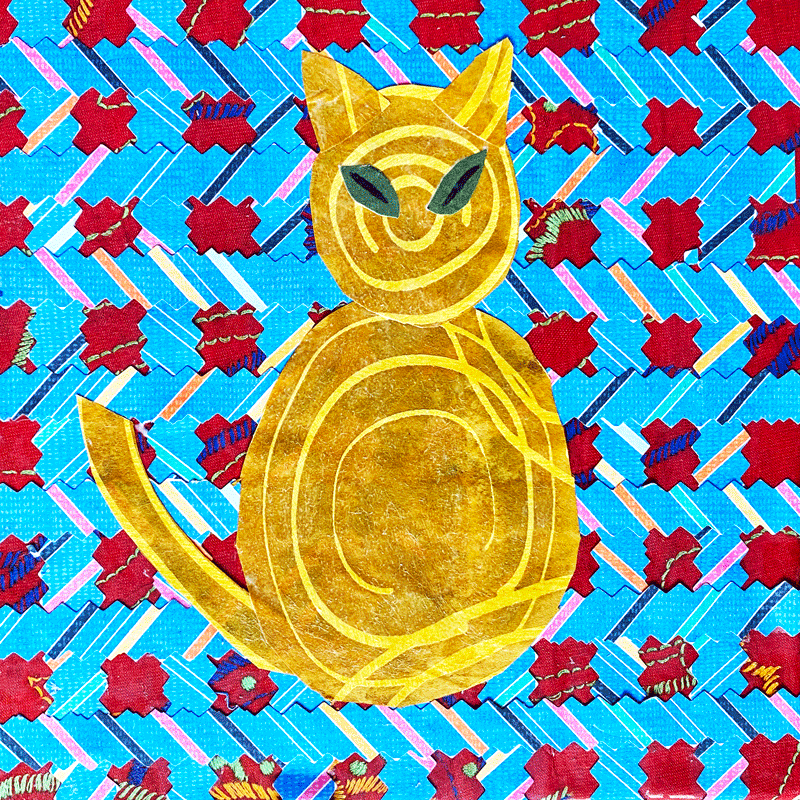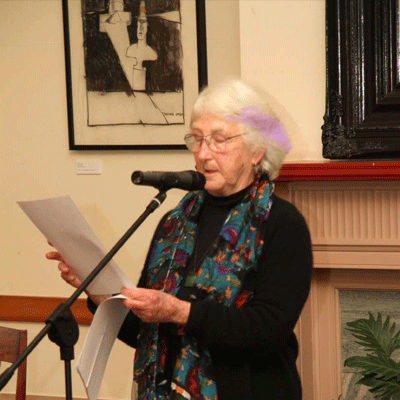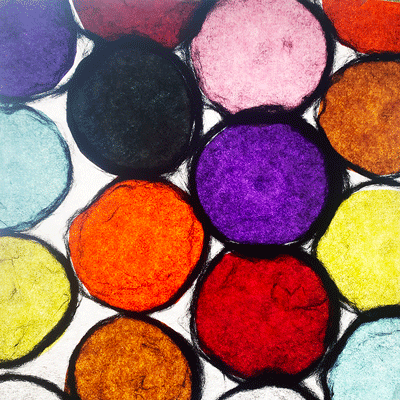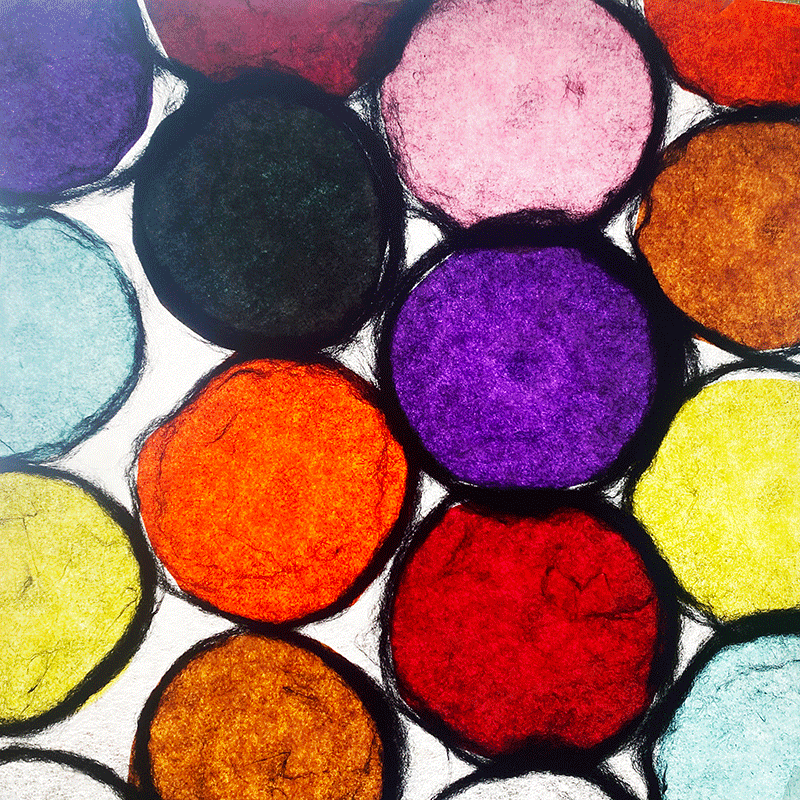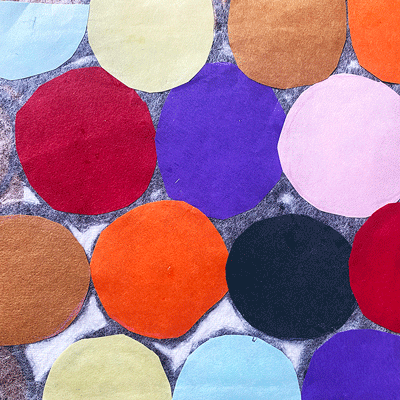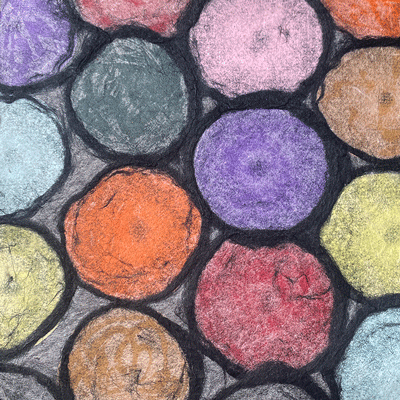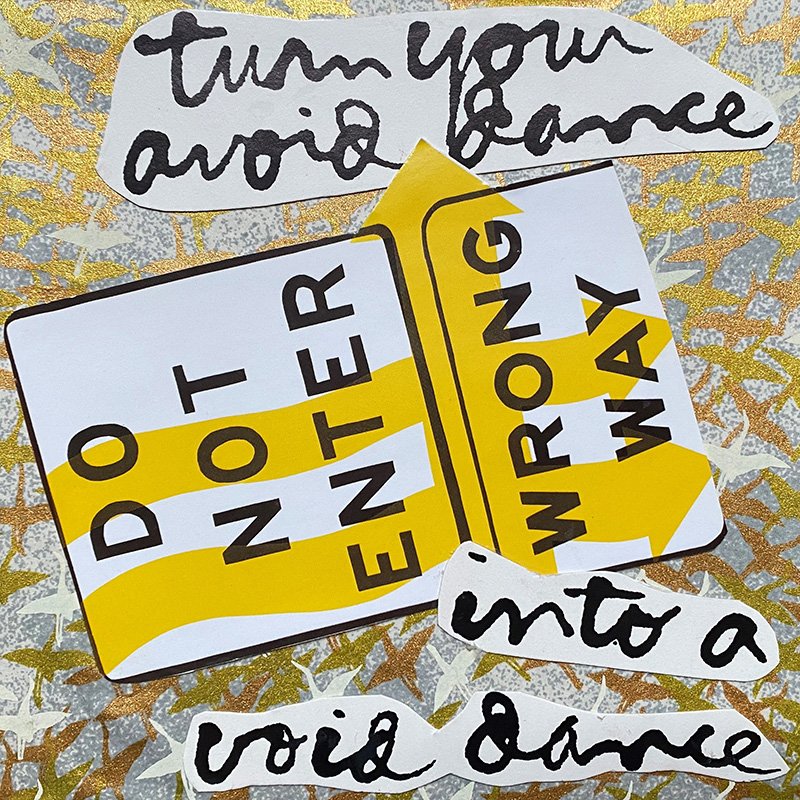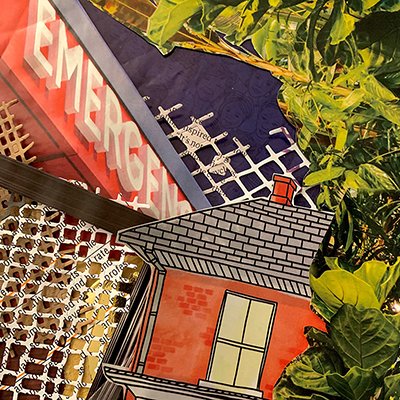Many years ago, I took part in a cross-disciplinary collaboration called Metonymy, billed by its organizers as an exercise in artistic blind dating:
Each artist will be paired with a poet or writer, and over a period of one month you will work together to create a collaborative multi-disciplinary work.
My “date” was Anne-Sophie Adelys, a visual artist I had never met. Because we lived at opposite ends of our sprawling city and both had hectic work schedules, we decided to collaborate without meeting. Instead, we agreed on a shared theme — “memory / childhood / paths not taken” — and then mailed two notebooks back and forth once a week for four weeks. (That was back in the days before Zoom, and when the mail service still worked).
Below I’ve traced a few of the thematic and imagistic connections that I remember making as the notebooks travelled between us. But time, like memory, creates its own kind of distance — and some of the most resonant meanings may be those that emerge from the blank spaces in between.
Enjoy!
The containers
To kick off the project, Anne-Sophie and I each selected a blank notebook and mailed it to the other person. Mine was a pretty little pocket-sized blank book with flowers on the cover, a recent birthday gift. Here’s how it looks today, filled with the bulky treasures later added by Anne-Sophie:
Her notebook, by contrast, was a plain black Moleskine:
We both had fun decorating the padded envelopes that we sent back and forth. Here’s one from me to Anne-Sophie:
And one from Anne-Sophie to me:
At the end of the experiment, Anne-Sophie kept her original notebook, and I kept mine — so my only record of hers is the digital exhibit that I created way back in 2010 for my poetry website, The Stoneflower Path. Flipping through my little flowered notebook in preparation for writing this post, I discovered several poems and drawings that didn’t make it into our digital exhibit. What forgotten secrets lurk in Anne-Sophie’s black notebook, I wonder now?
Flowers
When I opened “my” notebook on its first journey home from Anne-Sophie’s studio, a cardboard flower popped up:
Inspired by Anne-Sophie’s three-dimensional imagination, I wrote a poem called “My Grandmother’s Garden” and let it ramble through the notebook line by line, page by page, leaf by leaf. Then, having already filled 20 pages of the notebook with lines of hand-written text and tiny cut-out leaves, I copied the whole poem out again on a scroll of tissue paper that unfurled from the book when it was opened:
My Grandmother’s Garden
in that garden with walls
like a chocolate box
or a casket of dreams
I clambered to the top
of the old apple tree
and feathered my nest with
lace scraps from the attic
paper from the bookshelves
darkness from the cellar
until my wings outstretched
my perch and spiralled me
up to gawk from the sun:
at it all: my mansion of
memory no wider
than a widow’s cottage,
the rolling lawn a doll’s
handkerchief, the secret
garden a tangle of
weeds behind the toolshed.
Birds
At the front of Anne-Sophie’s black notebook, I had pasted a manila label hand-lettered with the phrase “a box of birds.” (Or maybe Anne-Sophie glued the label into the book, and I wrote the words on it? I honestly don’t remember!) It’s a New Zealand colloquialism, meaning chirpy or in good spirits, as in “That little girl is a box of birds!”
The following week, in my flowered notebook, I wove the same words into a poem that conflates fuchsias, birds, and little girls in a ballet class:
Fuchsias
four girls in the back
of Mrs. Fleetwood’s station wagona box of birds
a basket of flowerscarpooling to Miss Irene’s
Russian ballet schoolGinna, Kimberly,
Helen, Yvonnean hour in the suburbs
a room with a barrebirds at the window
fuchsias on the lawn
Should I have been surprised when my notebook returned to me two weeks later with a beautiful bird inside, unfurling its gorgeous wings as the book popped open?
Books
I mailed my notebook back to Anne-Sophie with a new poem inside:
The Books
walking home from Pilates I recall
their perfect posture, the graceful way they slid
from their slipcovers like dancers from the barre
at Miss Irene’s, each bending at my will
as my own obstinate body would not,
its pages arcing over my palm:a balancing act
an opening door
a floating bird
People
Meanwhile, amongst all the birds, books, and flowers travelling back and forth between us, a familial theme was emerging. People I didn’t know, along with other enigmatic hints of family life — a pair of shoes pinned to a clothesline, an old camera with a neck strap — started appearing in Sophie’s notebooks:
It may have been this drawing of two women strolling side by side that inspired me to write about the sister I never had:
Family Tree
in my dream of a sister
our mother sweeps her hair
into a golden whalespoutour father wraps damp sheets
around her burning body
and rocks her fever awaya jolly jolly sixpence
rolls from his pocket
by the light of a jealous moonand in our separate gardens
the dark birds assemble
on a wire drawn taut between us
Yes, those dark birds from Anne-Sophie’s envelope found their way into the final sequence of my poem — just as my dream of a sister found its way into a sequence of rose-adorned letters that Anne-Sophie drew towards the back of my flowered notebook, spelling out the word S-I-S-T-E-R:
And then there were the brothers: the real ones who once tied their two-year-old sister (me!) to a clothesline and who later threatened to blow her up with a bottle of fake nitroglycerin. But that’s a story for another day! In the meantime, here’s the photo of my two-year-old self, my hair in a golden whalespout, that I glued into Anne-Sophie’s black notebook:
Looking back all these years later at our creative experiment, I can still vividly remember the anticipation that I felt each week as I opened the mailbox to find Anne-Sophie’s latest envelope/artwork inside. I would tear the package open and flip through the notebook to find how she had responded to my latest entry: subtly, obliquely, never in an obvious or literal way. I did my best to respond in kind, not just with poems but also with glued-in photos and cards and scraps of paper, items inspired rather than directly informed by Sophie’s enigmatic line drawings.
And now I’m thinking: What might such an experiment look like if conducted not between a visual artist and a poet but between, say, a creative writer and an academic, or a scientist and a literary scholar, or any two curious human beings who love notebooks, miss the materiality of snail mail, and would love to find out what creative serendipities might be sparked by such an exchange?
If you decide to try it out, I’d love to hear about it!
This post was originally published on my free Substack newsletter, Helen’s Word. Subscribe here to access my full Substack archive and get weekly writing-related news and inspiration delivered straight to your inbox.
WriteSPACE members enjoy a complimentary subscription to Helen’s Word as part of their membership, which costs just USD $12.50 per month on the annual plan. Not a member? Sign up now for a free 30-day trial!






